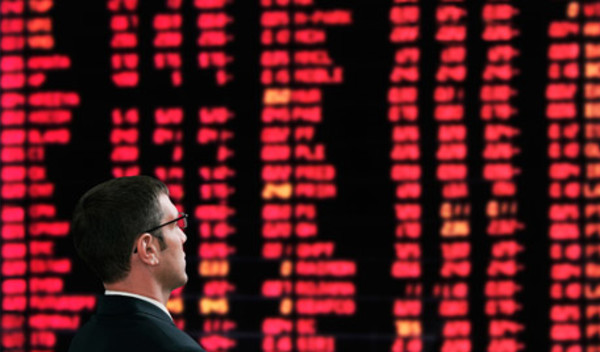This has not been an easy year for investors so far.
After 2019, when markets performed so well, 2020 has come as an unpleasant shock to many.
So how can investors seek to add some resilience into portfolios when uncertainty is obscuring the economic and market outlook?
The most important point is that when conviction about the outlook is diminished, investors should return to their benchmarks.
It can be tempting to act like a rabbit in the headlights and just do nothing when the outlook becomes unusually uncertain but doing nothing only makes sense if you are already neutral relative to your benchmark.

When conviction about the outlook is diminished, investors should return to their benchmarks
While it makes sense to sail away from your benchmark, fishing for extra returns, when the seas are calm, when the storm clouds start to gather, returning to the harbour and the safety of your benchmark is not cowardly.
That said, investors should be aware that market moves will have repositioned their asset allocation for them.
So investors who started the year overweight equities may now be closer to neutral already and those who started at neutral may well be underweight now.
Given the inherent uncertainty about how the virus, policy and political response will evolve, I would not advocate being overweight equities or credit yet.
However, given valuations now look more attractive than they did at the start of the year, those who find themselves underweight risk assets may want to rebalance towards neutral.
Focus on quality and value
Within equities, which stocks could still have the furthest to fall if the outlook continues to deteriorate?
The most obvious answer is those which will not survive this shock to the economy.

Quality focus is essential when looking for value after a sell-off
Those companies that took on too much debt during the good times could be shown to have been swimming naked, once the tide has gone all the way out.
And some companies, through no fault of their own, will find themselves in a precarious financial position.
Quality companies, those with strong balance sheets and healthy cashflow generation relative to interest costs, are most likely to survive any hit to the economy.
This quality focus is essential when looking for value after a sell-off, in order to avoid value traps, which look cheap but could end up going bust.
Beyond cheap companies that might go bust, one probably also wants to avoid being overweight companies which are still expensive, despite the year to date moves in markets.
The market already knows that low interest rates and oil prices are going to hit financial and energy companies’ profits.











